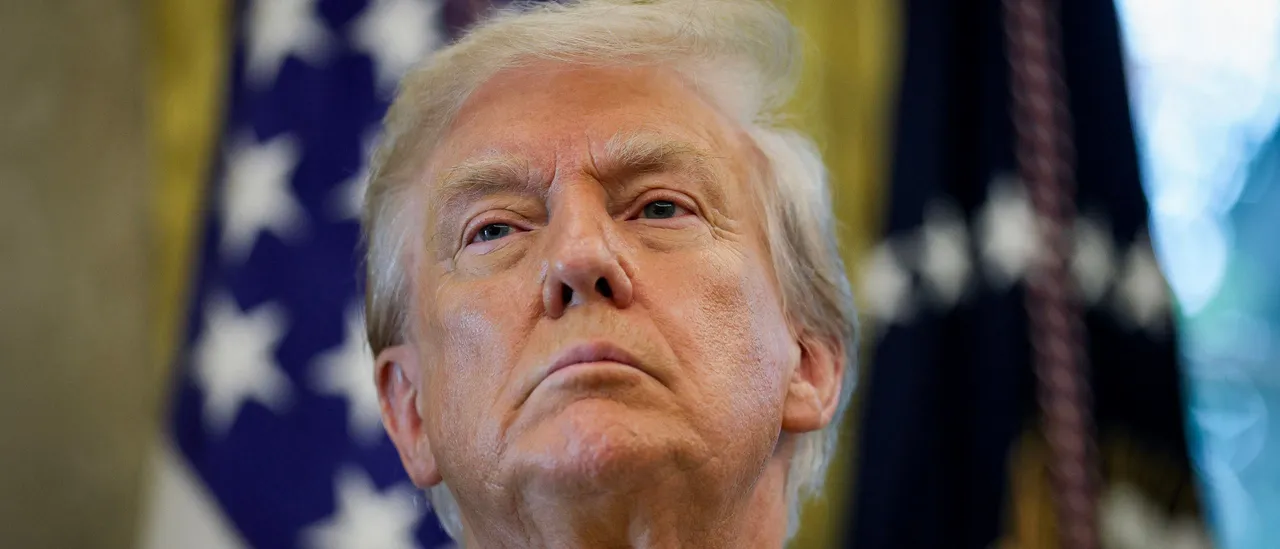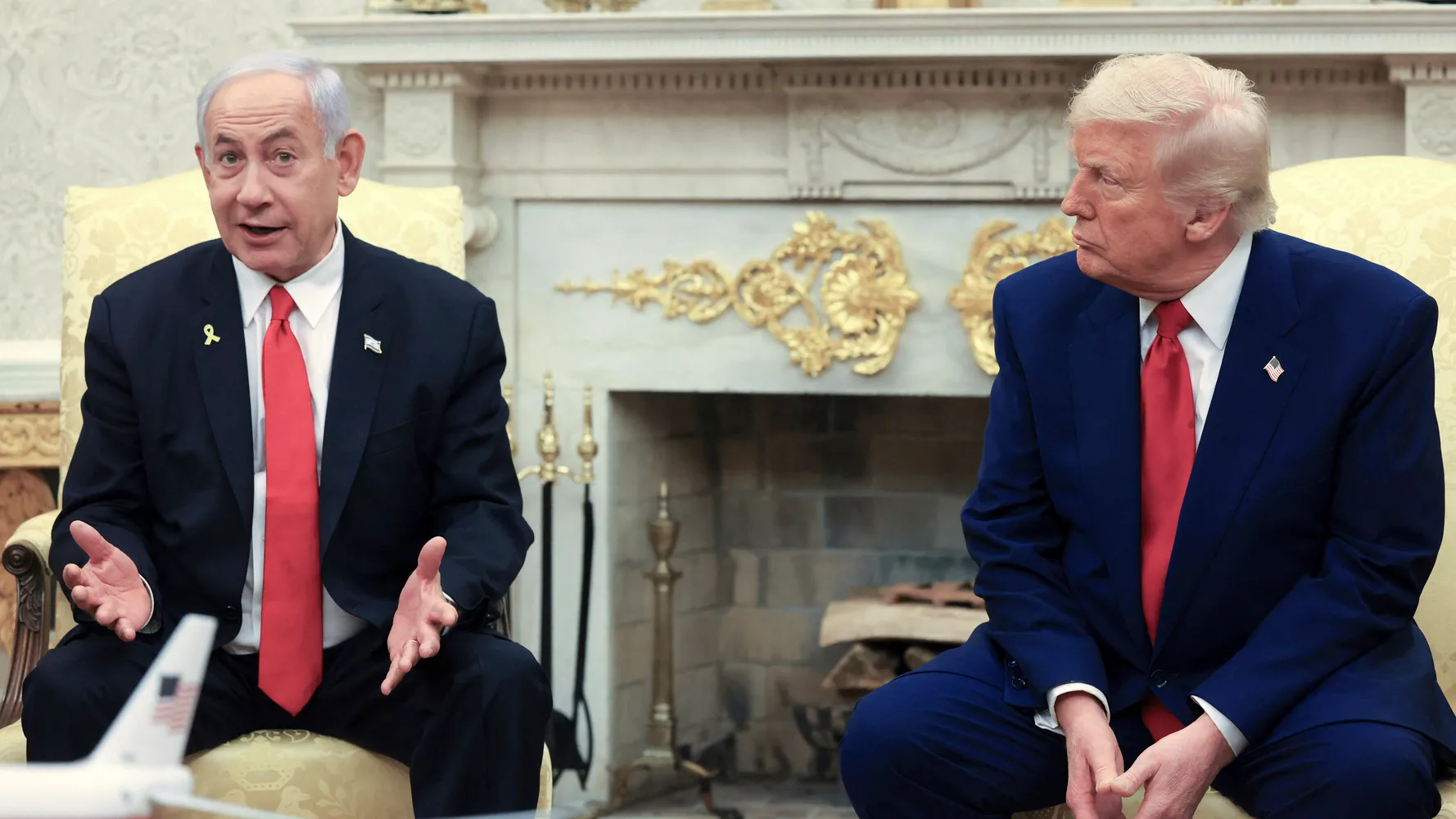By Crisil Intelligenc
Copyright thehindubusinessline

Amidst changing demographics and shorter careers, India could be faced with a retirement crisis in a decade’s time. The recent white paper by CRISIL Intelligence and the Association of Mutual Funds of India (AMFI), flagging this challenge and suggesting solutions, is therefore timely. However, whether the solution lies in India borrowing 401(k) plans and IRAs (Individual Retirement Accounts) from the US pension system, as the white paper recommends, requires debate.
According to the white paper, the proportion of seniors in India’s population is set to rise from 11 per cent to 21 per cent by 2050, resulting in a senior population of 34.6 crore. Despite mandatory EPF (Employees Provident Fund), only 27.2 per cent of the workers are covered by mandatory pension schemes, compared to 76 per cent for OECD countries. India’s pension schemes deliver a pension replacement rate of just 38.9 per cent (this is the proportion of pre-retirement income that retirees will earn). Much of these savings are parked in fixed income avenues, creating a risk of pension corpuses under-shooting inflation. The white paper diagnoses the pension challenge correctly, but the solutions offered are inadequate.
It suggests policymakers should promote mutual fund-managed Voluntary Retirement Accounts (MF-VRAs) on the lines of US 401(k) and IRA plans. Workers and self-employed folk will make voluntary and tax-deductible contributions to MF-VRAs through their working life, which are locked in until 60. MF managers will take discretionary calls on how the money will be deployed over the lifecycle of the investor, subject to an initial choice between a conservative, moderate and aggressive strategy. Employers will be required to offer MF-VRAs and make their own contributions to them. The paper argues the MF industry, given its rising popularity and tight regulation by Securities and Exchange Board of India (SEBI), is the best choice for managing pension savings.
These proposals suffer from several flaws. For one, it is not clear how MF-VRAs will co-exist with EPF and NPS — which are mandatory for private sector and government employees, respectively. To assume that savers will have room for further retirement contributions after parking mandatory sums in EPF and NPS and investing in Public Provident Fund and equity MFs, is a stretch. Two, MFs have delivered performance because investors are able to exit funds that underperform. MF-VRA investors though, will be subject to long lock-ins with a limited ability to port between VRA managers. Three, given that MF-VRAs will supplement other investments in an individuals’ portfolio, it would be desirable to empower every investor to self-direct fund choices to suit her own risk profile, rather than allow the VRA manager to take this call. US 401(k) plans have been criticised for their high fees, restrictive menu and risky calls. Finally, for a less-affluent economy like India, expanding the coverage of and benefits from government-funded pension schemes is critical to averting a retirement crisis.
Published on September 9, 2025



